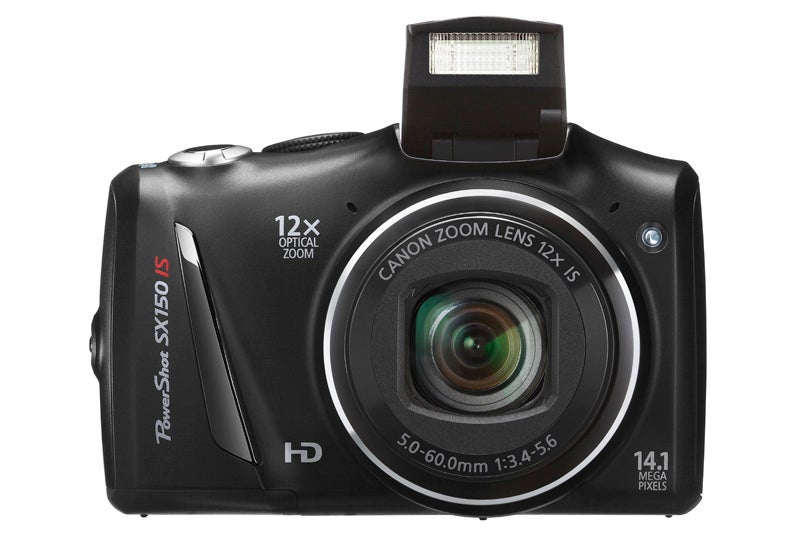With the advanced features of Canon's PowerShot range, combined with a price tag which catches the eye, the PowerShot SX150 IS is full of promise. The question is - how does it perform when put to the WDC test? Read on to find out...
Canon PowerShot SX150 IS Review
Canon PowerShot SX150IS review – Features and design
Canon’s PowerShot range has long offered the promise of full manual control and good image quality, although often at price points above the consumer level. The PowerShot SX150IS, however, arrives with all these characteristic traits but with a price tag that will please those on a tighter budget.

The SX150 IS’s headline feature is its zoom. A 12x optical zoom is present and features a wide angle of 28mm, following through to 336mm at the tele-end. Those concerned about sharp images at such a long focal range will have their concerns allayed by the presence of intelligent image stabilisation. A 14MP CCD sensor takes care of the imaging side of things, along with Canon’s DIGIC 4 processor and iSAPS technology to deliver the promised image quality. Although the screen on the rear of the camera is large, measuring in at some 3in, the resolution of 230k-dots is a sign of the camera’s more affordable angle.
The LCD screen is probably the only element of the specification at which costs have been cut – the SX150IS still features HD movie capture at a resolution of 720p, as well as a host of creative filter and effects for those wanting to experiment with their images. As for the basic image capture aspects, the SX150IS caters for both those wanting to let the camera do the work and those wanting more control over imaging – a Smart Auto mode features, offering intelligent scene selection, as does an ‘Easy’ mode, while full PASM manual shooting controls also feature.
The SX150 IS is no doubt a bulky compact, undoubtedly in no small part thanks to its use of two AA batteries for power. As a result, the body is more the size of your average bridge camera than a compact camera. The AA batteries also add to the camera’s weight as well – at around 300g it won’t sit lightly in the pocket. Having said that, the layout of controls and general stylings have echoes of some of the more advanced PowerShot models – a dedicated mode dial sits on the model’s top plate, while on the rear of the camera are buttons offering access to basic shooting controls, as well as a control wheel for both accessing menus and controlling shutter speed and aperture.




